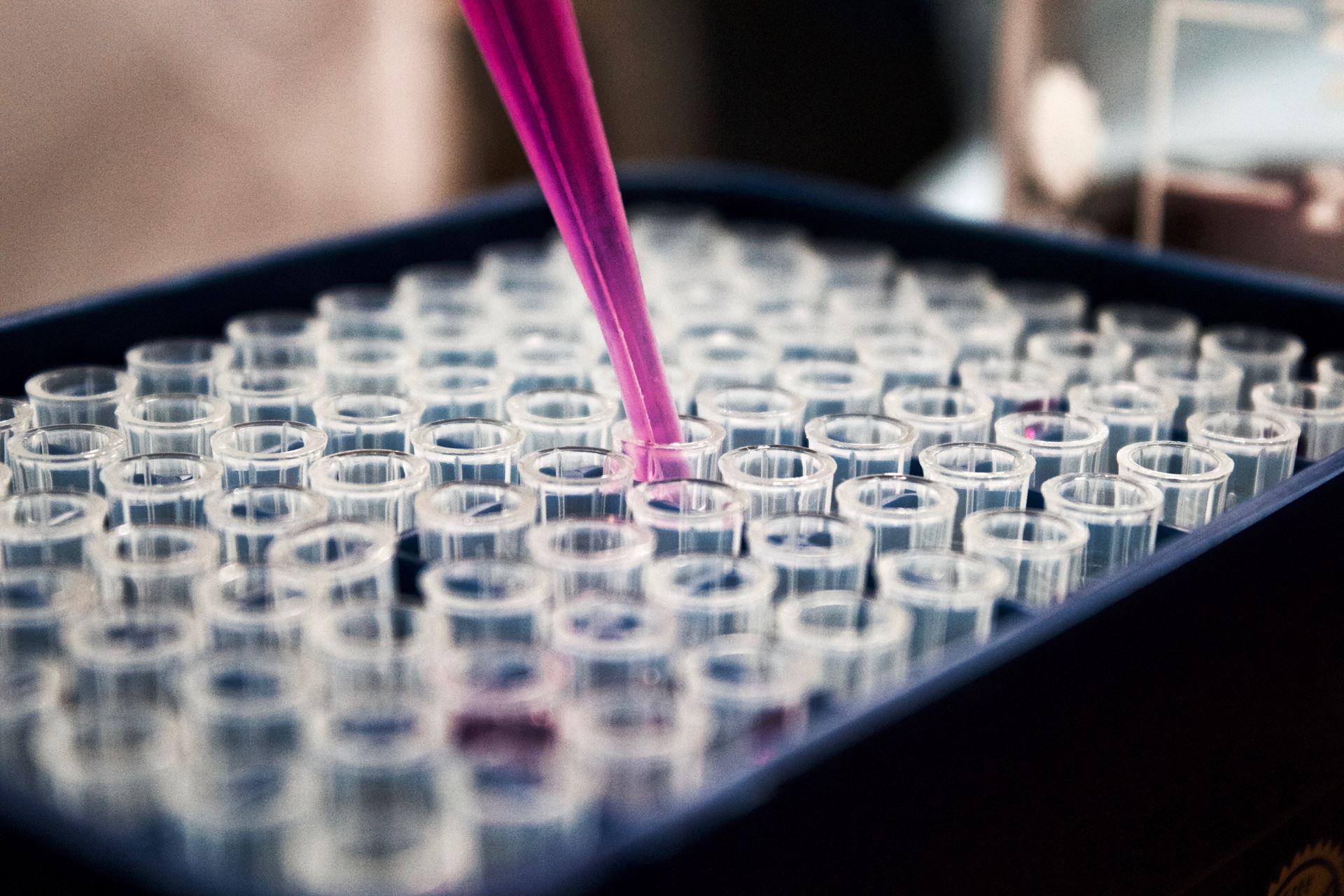Test Results
Results Of Tests And Investigations
Please call the surgery for your test results.
Specimen results are received from the hospital laboratories every day via computer. They then have to be checked by the doctors. X-ray results may take 10 days to arrive.
Please telephone for any results after 14:00 and try NOT to telephone during the morning when the staff on the desk are extremely busy. We would appreciate your consideration in this matter.
If we need to discuss any results with you then we will contact you. Please do not worry if this happens, we just want to make sure that we are following through with your care in a structured manner.
We do not normally receive results from tests requested by hospital clinics. Such results are sent directly to the requesting consultants. The consultant and their staff are responsible for discussing these with you, and will inform us only after they have seen you in the outpatient clinic by way of a letter. This usually relates to biopsy results, MRI or CT scans or any special tests. GPs usually do not have access to such results.
Cervical smear test results are sent to you by post by Contractor Services at Claxton.
A Guide to Timings
- Urine Test/Stool samples/Sputum Samples: results are normally available within 3-4 working days.
- Blood Test: results are normally available within 5-7 working days.
- X-Ray / Ultrasound Referral: If you have been referred for an x-ray or ultrasound, we would expect to receive the results around 7-10 working days after you have had your X-ray.
- Nail Clippings: test results are normally available from 4-6 weeks.

Blood Tests
A blood test is when a sample of blood is taken for testing in a laboratory. Blood tests have a wide range of uses and are one of the most common types of medical test. For example, a blood test can be used to:
- assess your general state of health
- confirm the presence of a bacterial or viral infection
- see how well certain organs, such as the liver and kidneys, are functioning
A blood test usually involves the phlebotomist taking a blood sample from a blood vessel in your arm and the usual place for a sample is the inside of the elbow or wrist, where the veins are relatively close to the surface. Blood samples from children are most commonly taken from the back of the hand. The childs hand will be anaesthetised (numbed) with a special cream before the sample is taken.
You can find out more about blood tests, their purpose and the way they are performed on the NHS Choices website.
Phlebotomy clinics are held at Rayleigh on Monday-Thursday and at Hockley every day between 08:00 – 13:00.
X-Rays
An X-ray is a widely used diagnostic test to examine the inside of the body. X-rays are a very effective way of detecting problems with bones, such as fractures. They can also often identify problems with soft tissue, such as pneumonia or breast cancer.
If you have an X-ray, you will be asked to lie on a table or stand against a surface so that the part of your body being X-rayed is between the X-ray tube and the photographic plate.
An X-ray is usually carried out by a radiographer, a healthcare professional who specialises in using imaging technology, such as X-rays and ultrasound scanners.
You can find out more about x-ray tests, how they are performed, their function and the risks by visiting the NHS Choices website.
Page created: 29 January 2020